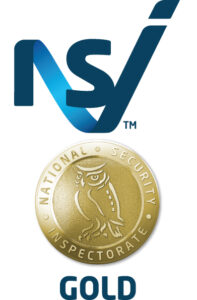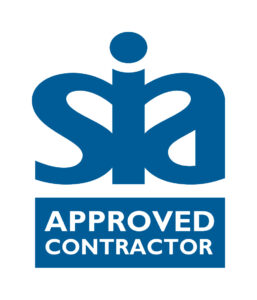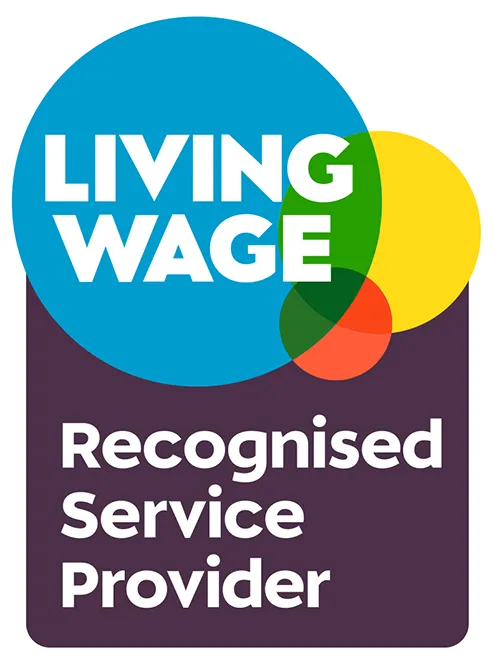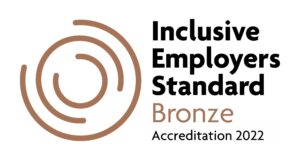Every construction project requires risk management by default, in order to comply with basic health & safety requirements and for regulatory obligations. However, mitigating or reducing risk is often the most difficult and therefore the weakest element of a risk management system. Construction projects can be complex, fast-moving and consequently high risk, and a lot of the complexity in terms of risk management comes in the number of people, equipment and changes that are involved.
By its very nature, a construction site is always changing, so whilst your documentation may have identified inherent risks at the start of the project, these can change many times throughout a single day, so different risks are appearing all the time as the site develops.
Types of risk on a construction site
Therefore risk management in construction is very much about predicting the future and controlling risk in line with how a site develops. In most cases, risk on a construction site falls into these categories:
- Health & Safety – falls, trips, struck by vehicles or falling materials, handling materials
- Security – site access, theft of equipment, materials or documentation
- Public liability – injuries to passers-by and managing how the site is left overnight and at weekends
- Sub-contractors – consistency in training, documentation and procedures
- Acts of God – how these can damage or change the structure of a site
How to reduce risk on a construction site
In most cases a risk mitigation strategy will involve three stages:
- Avoiding the risk entirely by eliminating access to the root cause
- Reducing the risk by planning effective action when the risk is apparent
- Accepting the risk and implementing controls to minimise its impact. This is of course a last resort and in general terms could be represented by someone wearing PPE and taking no other effective action.
Risk assessment techniques
A standard risk assessment of construction procedures and operations can include:
- Identifying the root cause or trigger for the risk
- Assessing the severity of the risk
- Assessing the possible consequences of the risk
- Assessing the likelihood and frequency of the risk occurring
- Identifying how you are currently managing risk
- What can practicably be done to reduce or eliminate the risk
Breaking a risk down into manageable segments allows more strategic and logical thinking, to apply contingency action where it is practical and realistic. This should involve as many key people as possible, because this exposes the issue to the best and most experienced personnel with the most comprehensive knowledge of processes, procedures, materials and equipment. This should then lead to the best possible solutions and control measures. It is never ideal for an independent person to undertake a full risk assessment in isolation.
Mitigating risk in construction
When preparing risk strategies for a construction project there are five key elements that should be included:
- Time – This is a limiting factor that often comes into play with construction projects, with penalty clauses etc for the late delivery of a completed stage of the project. It is important, therefore, that risk management is not tempted to cut corners and that consistent management is strictly enforced at all times.
- Finance – A budget should be provided for implementing adequate risk management control measures, which helps to promote good practice and consistent management.
- Communication – This needs to cover all risks and all personnel, you need to have good written procedures and clear information and signage for equipment, activities and materials. You should also clearly communicate changes on site.
- Training – All personnel should be adequately trained on site procedures and operations.
- Monitoring – You should enforce strict procedures to constantly monitor risk management in order to assess ongoing compliance and where possible issues may occur.
Risk mitigation in construction is very much about managing change, but in an environment that has many different elements this can be very challenging. A professional Risk Management organisation such as First Response Group can help you implement this system and ensure that safe procedures at the start of a project follow on throughout the evolution of the site and cover all the changes in between.
Contact First Response Group and we can talk to you about risk mitigation on your construction site.
Article By:











